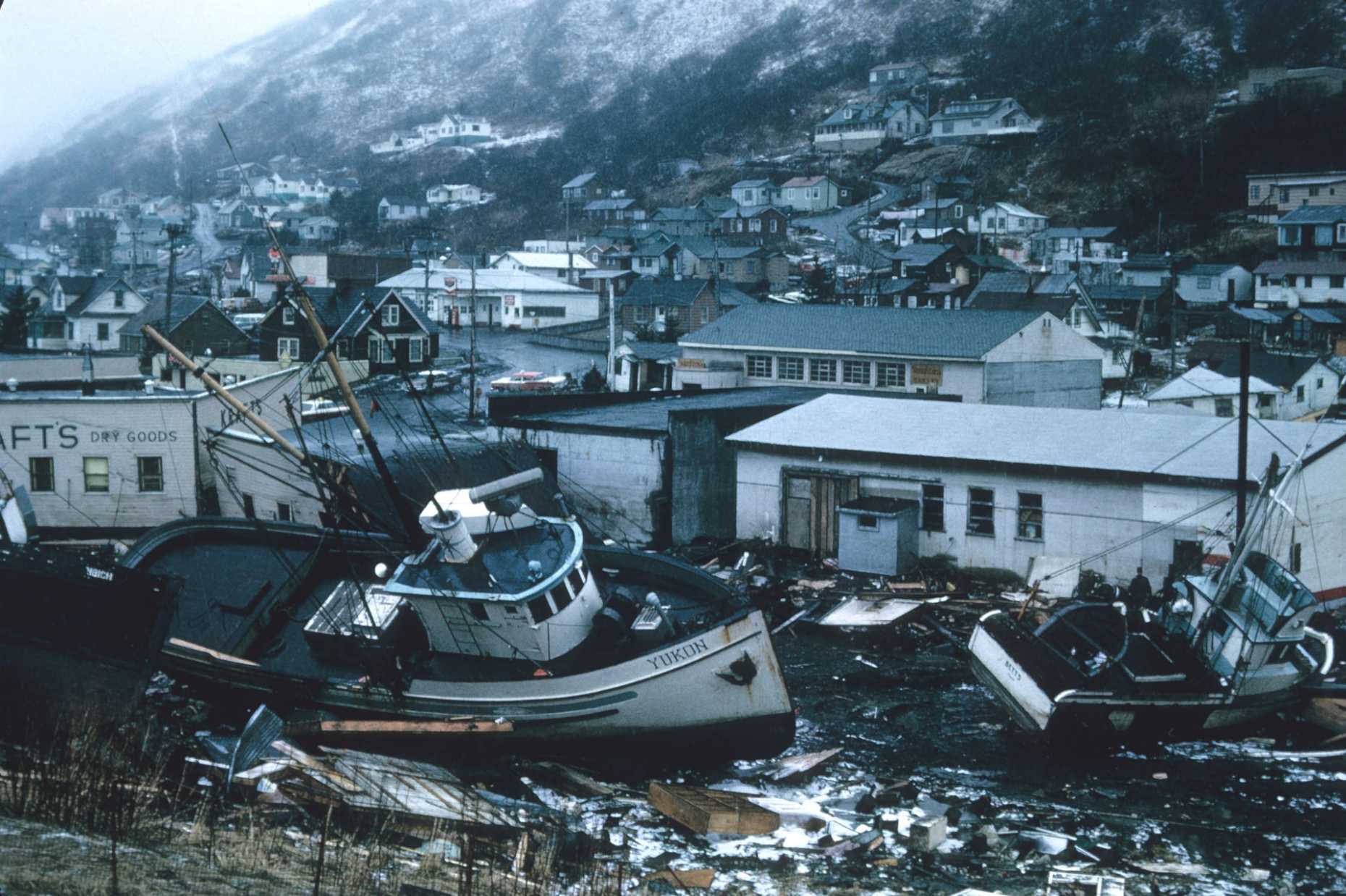Modelling extreme events for resilient cities
1 Jul | Prof. David Lallemant will describe an approach to better understand extreme events, or "Black Swans" to make cities more resilient in this Future Resilient Systems webinar.

Rare and extreme events, commonly known as "Black Swan" events are threats to the resilience of cities. Unlike common hazards that are often well-characterised and understood, these events cannot be modelled through standard probabilistic risk, performance and reliability analysis. Moreover, these events of scales that do not yet exist in historical records often occur as a surprise.
In this talk "Building resilient cities: stochastic counterfactual analysis in disaster risk modelling", Asst Prof. David Lallemant will present an approach to uncover unrealized events in the past which would lead to historically catastrophic consequences. Conceptually, the approach based on stochastic counterfactual analysis treats the past as just one realization of history, recognizing that alternative realizations could be possible. This addresses concerns that existing risk models and risk perceptions are often built on sparse historical record. Further, Prof. Lallemant will present several uses of counterfactual analysis for more resilient cities.
Speaker
external page Prof. David Lallemant is Assistant Professor at the Asian School of the Environment and Principal Investigator at the Earth Observatory of Singapore in Nanyang Technological University Singapore (NTU). He heads the Disaster Analytics for Society Lab (DASL) at NTU and the Earth Observatory of Singapore. His research focuses on probabilistic risk and resilience analysis of cities, in particular as it relates to dynamic hazards (e.g. driven by climate change), particular patterns of urban growth and changing vulnerability. He also leads the multi-disciplinary project of Informatics for Equitable Recovery, aimed at developing improved post-disaster information products for better and more equitable recovery outcomes. The policy-oriented nature of his work has led to collaborations with government and non-governmental agencies, including the World Bank, the Red Cross, among others.